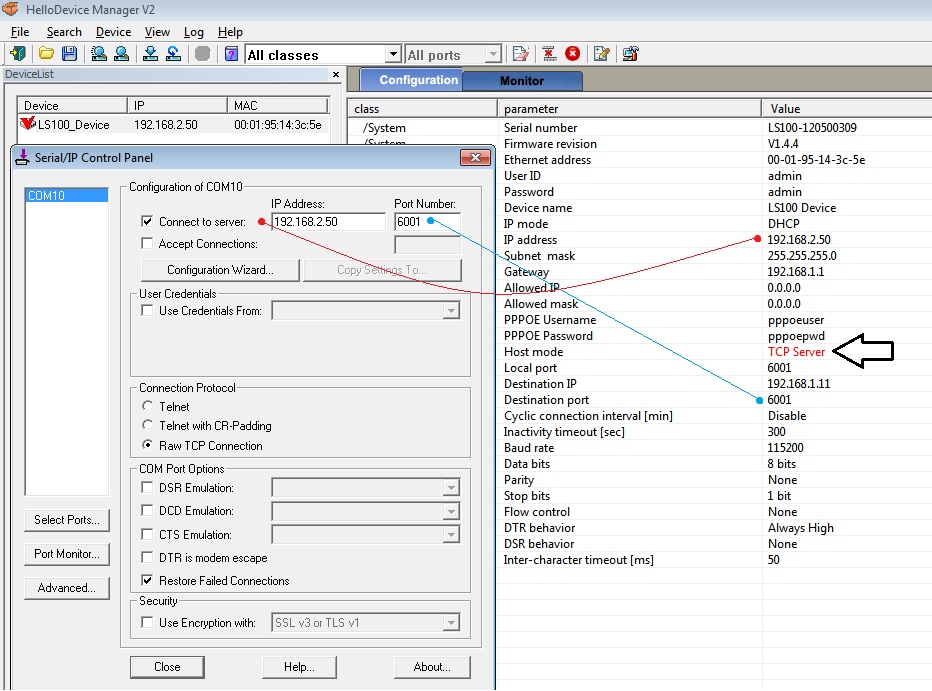Turboprint 2 Serial To Usb

Till Kamppeter, linuxprinting.org, Mandriva till.kamppeter at gmx.net. Setting up a Print Queue with CUPS 1. Connecting your printer. Connect your printer to. MorphOS is an AmigaOS-like computer operating system. It is a mixed proprietary and open source OS produced for the Pegasos PowerPC.

2.2.6 / November 1, 2017; 51 days ago ( 2017-11-01) Written in, Website CUPS (formerly an for Common UNIX Printing System) is a modular system for computer which allows a computer to act as a. A computer running CUPS is a that can accept print jobs from computers, process them, and send them to the appropriate printer. CUPS consists of a and scheduler, a filter system that converts the print data to a format that the printer will understand, and a backend system that sends this data to the print device. CUPS uses the (IPP) as the basis for managing and.
It also provides the traditional for the and print systems, and provides support for the Berkeley print system's and limited support for the (SMB) protocol. System administrators can configure the which CUPS supplies by editing text files in Adobe's (PPD) format. There are a number of user interfaces for different platforms that can configure CUPS, and it has a built-in web-based interface. CUPS is, provided under the. Contents • • • • • • • • • • • • • • • • • • • • • History [ ], who owned, started developing CUPS in 1997 and the first public betas appeared in 1999. The original design of CUPS used the protocol, but due to limitations in LPD and vendor incompatibilities, the (IPP) was chosen instead. CUPS was quickly adopted as the default printing system for most.
Jan 29, 2010. I have USB on my A1200 but I cant find a modem USB printer that has an Amiga USB printer driver to support it. Now where do I go from here I wonder - I have always set up a printer on a real Amiga from system/prefs/printer preferences - only parallel or serial. Is Ghostcript software like Turboprint?
In March 2002, adopted CUPS as the printing system for 10.2. In February 2007, hired chief developer Michael Sweet and purchased the CUPS source code. Overview [ ]. CUPS provides a mechanism that allows print jobs to be sent to printers in a standard fashion. The print-data goes to a scheduler which sends jobs to a filter system that converts the print job into a format the printer will understand.
The filter system then passes the data on to a backend—a special filter that sends print data to a device or network connection. The system makes extensive use of and of data to convert the data into a format suitable for the destination printer. CUPS offers a standard and modularised printing system that can process numerous data formats on the print server. Before CUPS, it was difficult to find a standard printer management system that would accommodate the very wide variety of printers on the market using their own printer languages and formats. For instance, the System V and Berkeley printing systems were largely incompatible with each other, and they required complicated scripts and workarounds to convert the program's data format to a printable format.
They often could not detect the file format that was being sent to the printer and thus could not automatically and correctly convert the data stream. Additionally, data conversion was performed on individual workstations rather than a central server. CUPS allows printer manufacturers and printer-driver developers to more easily create drivers that work natively on the print server. Ash Maurya Running Lean Pdf Printer on this page. Processing occurs on the server, allowing for easier network-based printing than with other Unix printing systems. With installed, users can address printers on remote Windows computers, and generic PostScript drivers can be used for printing across the network. Scheduler [ ] The CUPS scheduler implements (IPP) over HTTP/1.1. A helper application (cups-lpd) converts (LPD) requests to IPP.